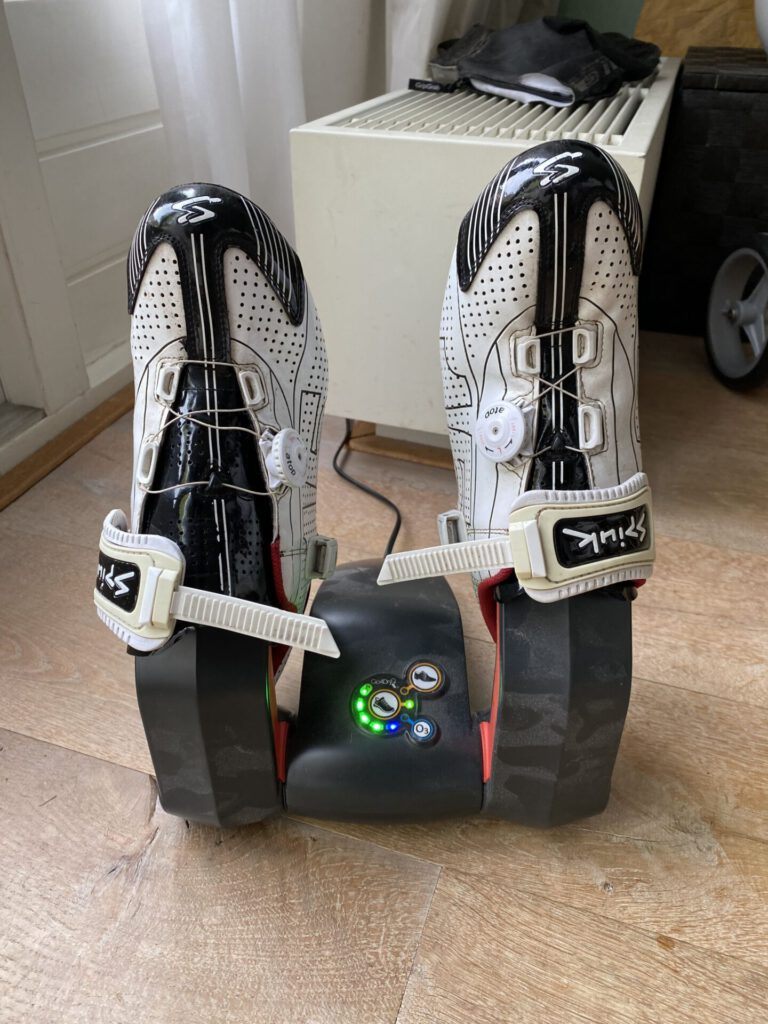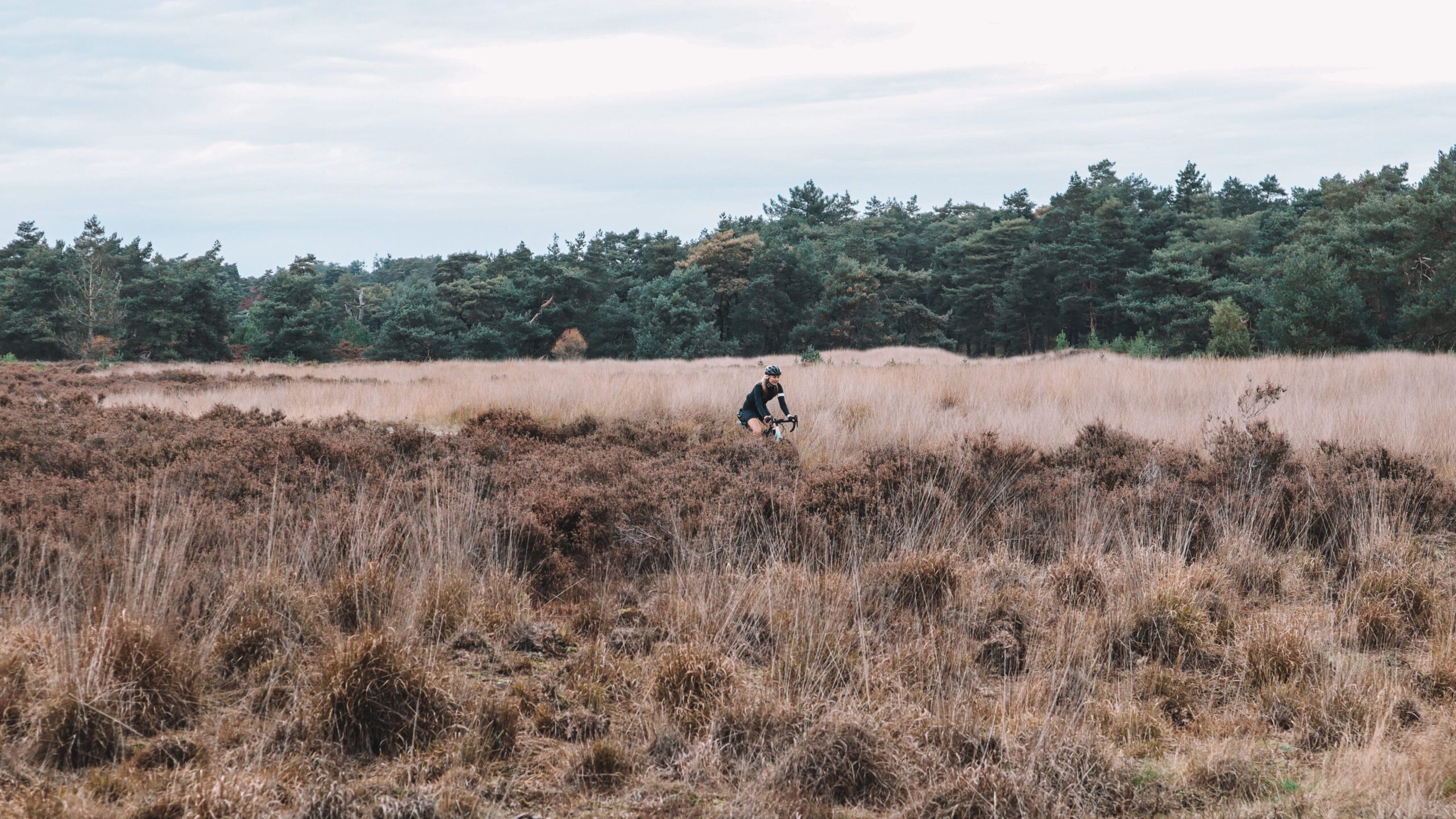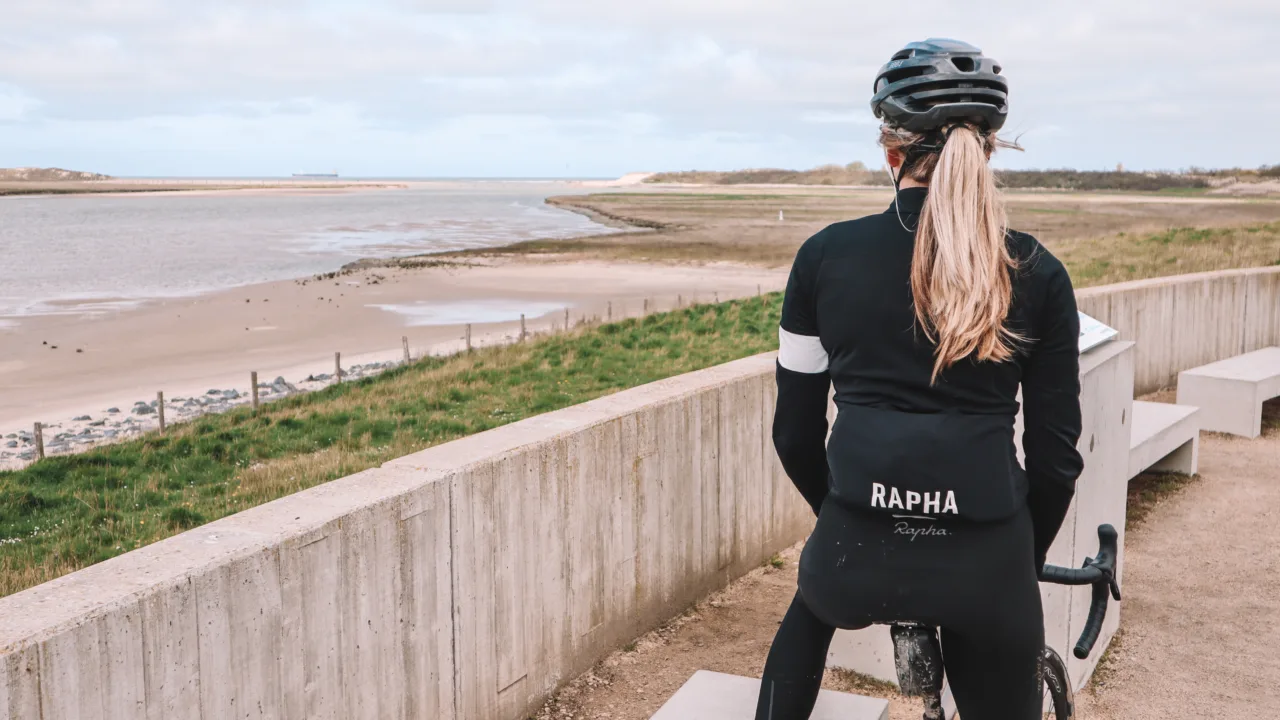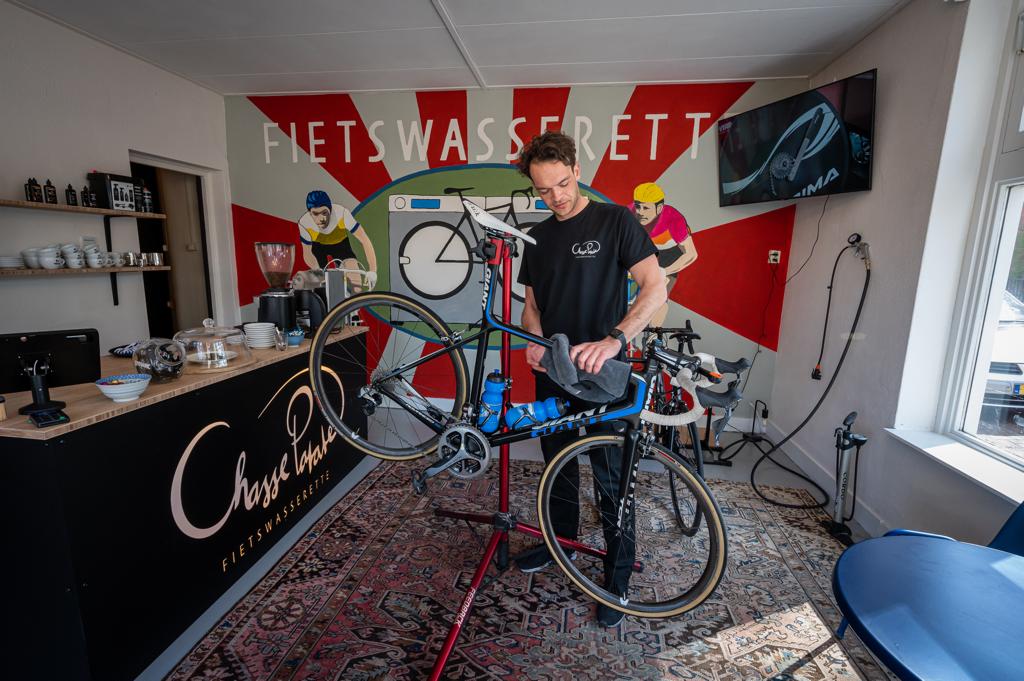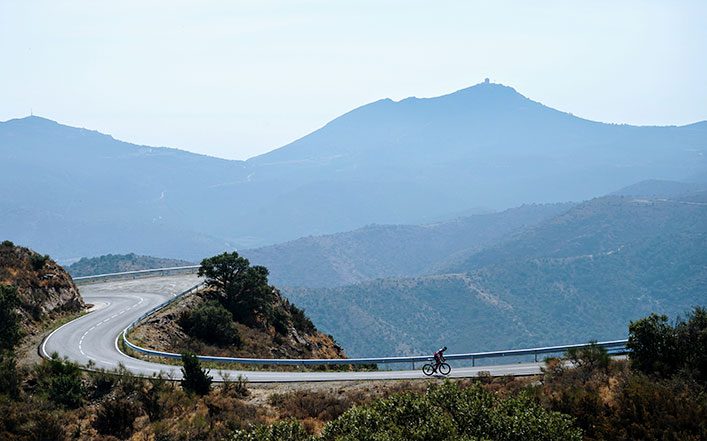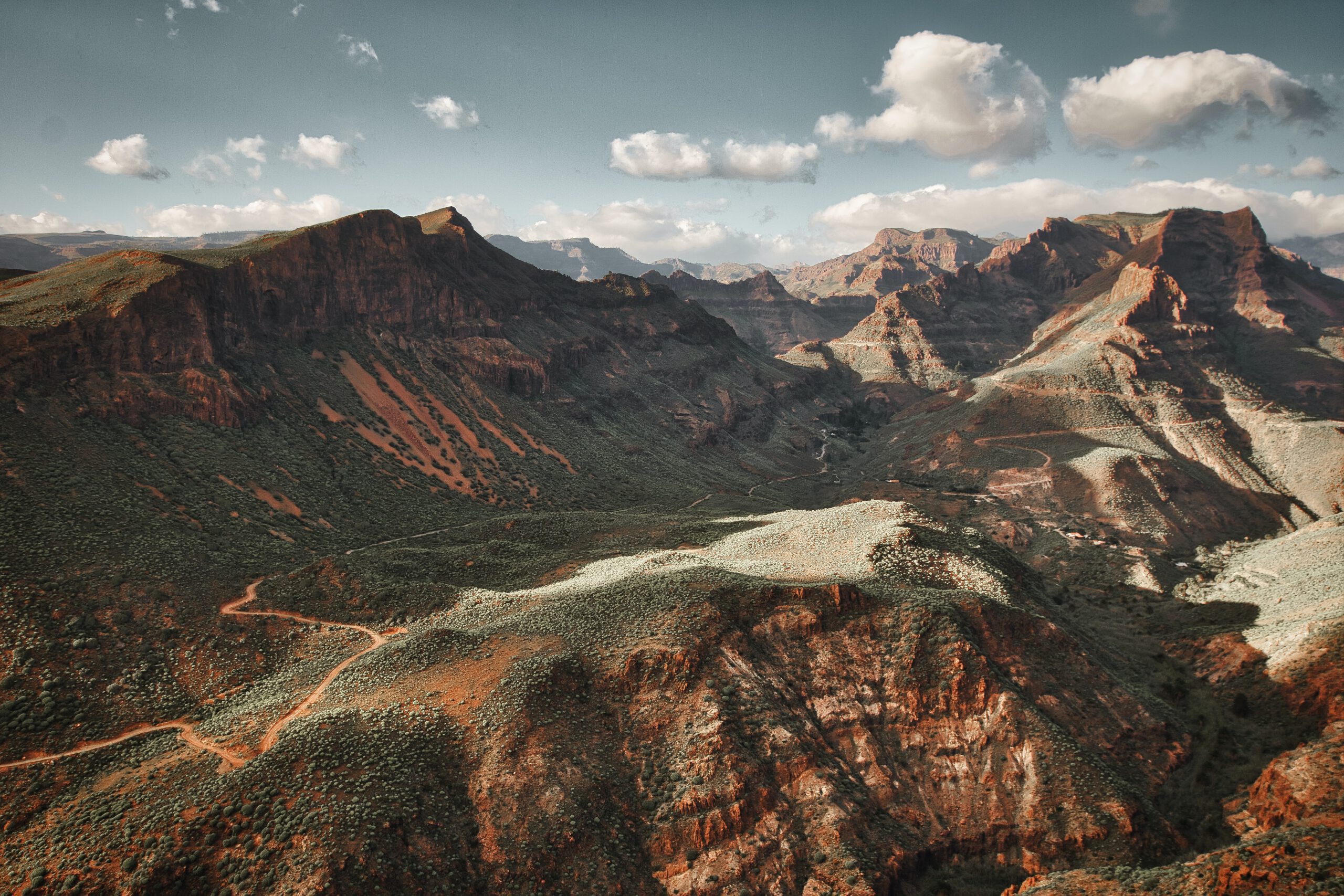Rain is part and parcel of cycling in the Low Countries. You can't escape it, so you'd better make sure you have your rainwear in order. With the right cycling rainwear remains a shower not a killjoy, but just part of your ride. Good rain cycling clothing keeps you warm, dry and in the saddle, exactly what you need to ride outside even on wet days. Whether you see it as a matter of smart choice or the well-known “HTFU rule”, with the best rainwear for cycling you never have to stay indoors again. After this article, you will know exactly what you need, namely
- What to look out for when purchase from rain cycling clothing?
- What can I handle (and when)?
- What are some other useful tips?
Alright, here we go, take advantage of it! Do you have any handy tips of your own? Let us know in the comments. In terms of approach, we work from 'top to bottom' so we start with the head!
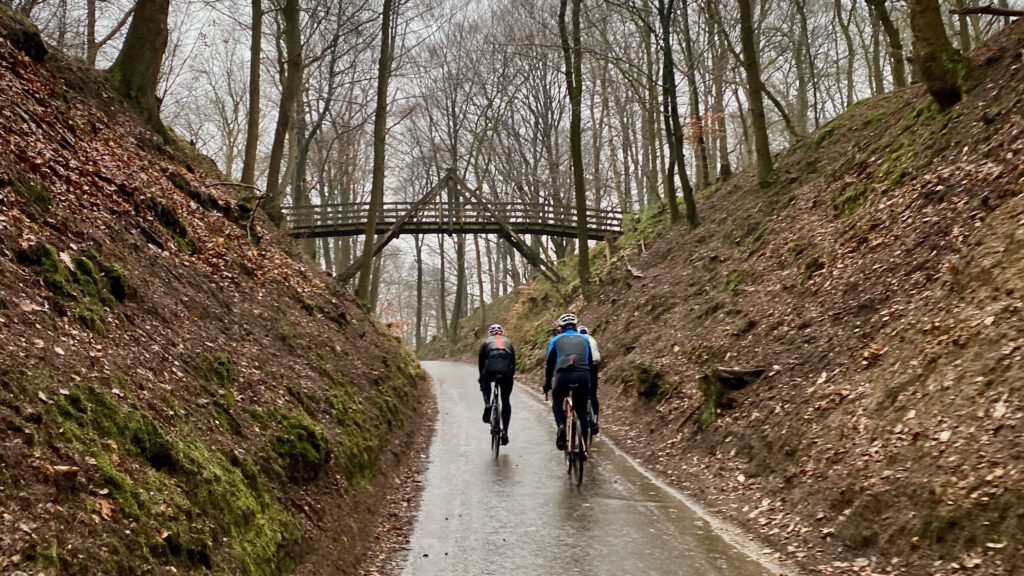
Headgear
A good helmet remains the foundation, especially when riding in wet weather. A model with a closed shell surprisingly helps against rain. Just know that any extra protection counts if you are serious about your ride. Helmets that you can open or close, such as those from Sweet Protection or the ABUS Gamechanger, give that little extra comfort during rides in rainy weather.
In addition, wear something under your helmet. A visor cap keeps rain out of your face better and fits perfectly with functional rain cycling clothing. It also retains warmth, something you can put to good use during autumn and winter showers. As temperatures often drop quickly once it starts raining, every layer is welcome. So smart cycling rainwear your ride a lot more pleasant. Even in the most heavy showers.
Outerwear
When it rains, you don't really want your clothes to get wet. This sounds a bit crazy, after all, it is raining. But wet clothes make your body have to work harder to keep you warm. Therefore, you want your clothes and especially your shirt and undershirt to stay dry. But then again, you also don't want to end up sweating and wearing a non-breathable rubbish bag. So, how do you solve that?
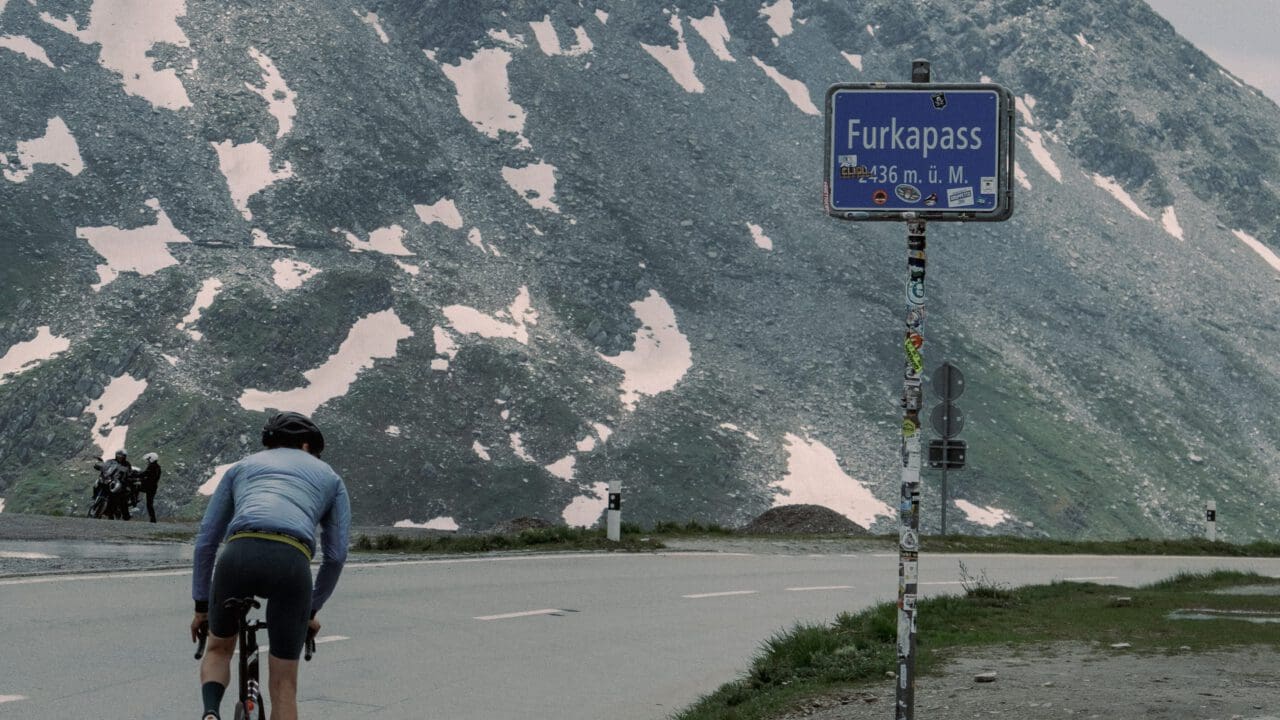
Water-repellent or waterproof?
Perhaps it is first good to zoom in on the terms water-repellent and waterproof. The degree of watertightness is measured by means of the water column. What is that? This is a kind of tube one inch in diameter. The tube is placed on the material and then water is poured into it. They then check when the material leaks through and at what amount of water that is. At a water column of 3,000 mm, the material will not 'collapse' until there is 3 metres of water in it. The chart below shows the water columns and waterproofing. Remember this for a moment! Rain cycling clothing often has an indication of waterproofness that you can trace back to this table.
| 0 mm | Not waterproof |
| 0 - 1,000 mm | Water-repellent, but not waterproof |
| 1,000 mm - 5,000 mm | Waterproof in rain, but not when puddles or potholes form on it. It leaks when sitting or if you lean against something wet. |
| 5,000 mm - 15,000 mm | Completely waterproof in the rain and can also take many forms of pressure. If you sit in a wet place for a long time, it only starts leaking through. This is good to remember with cycling, though. |
| 15,000 mm - 30,000 mm | Completely waterproof, even under the most extreme pressure. Even if it goes underwater, you still have waterproofing at first. |
| More than 30,000 mm | Solid, non-porous. will never leak |
Breathe in, breathe out
Besides waterproofing, breathability is also important. As mentioned, a rubbish bag protects against rain, but yes...all is said with that. So if you have a slightly breathable rain suit, that's fine. The best fabric is GORE-TEX, but that comes at a price. Our clothing partner Etxeondo has the URA- GORE TEX, which is guaranteed to keep you dry. The price is commensurate though, at €299 for a top-of-the-line rain jacket. If you don't have a good breathable rain jacket, it may be wise to wear just a vest. This will still keep your upper body dry and allow heat/sweat to get out through the arm openings. You see this in light rain in the pro peloton too, then everyone wears a vest instead of a jacket.
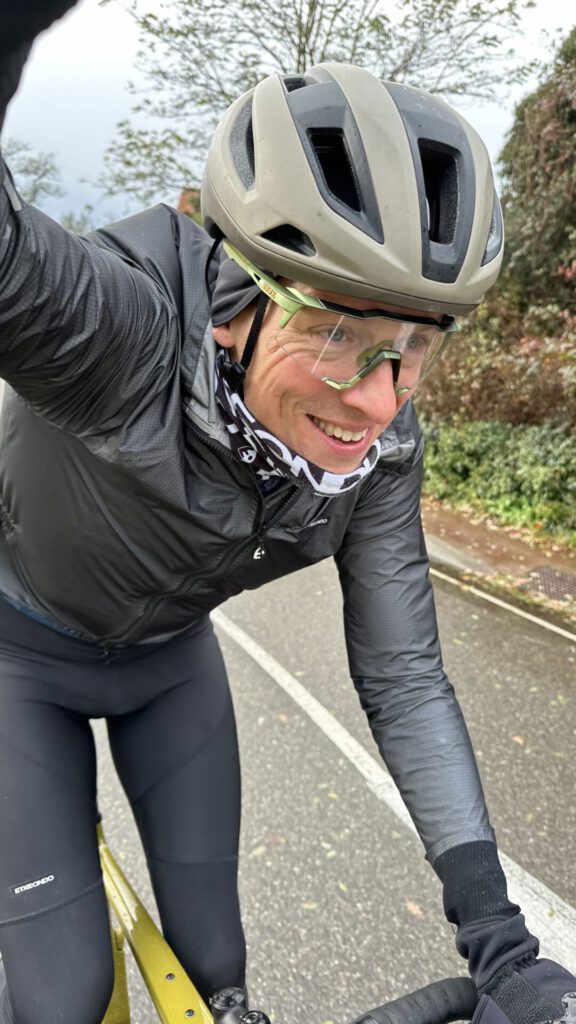

Gloves
Gloves are nice, but also check whether they are water-repellent or waterproof. Once wet, they are useless and will only make you feel colder (as they draw heat away from your body). If the temperature is very low, you can't do without them, but look for truly waterproof ones. Otherwise, toughen up a bit. (See rule 5: Harden the F*** up)
Underwear
Trousers
This is always a tricky one. Because especially in winter, long trousers are nice and warm, but when it rains hard, the trousers suck up the water and you get stone cold at some point. So if it rains hard and it's below 5 degrees, you do need to wear trousers with water-repellent fabric. Those trousers do exist, but they are not very widely available.
Among others, Etxeondo has the Exo Hydro for men and the IXA hydro for women. The well-known Italian Sportful has also had a 'no rain' collection for years. From experience, I know that it is water-repellent, but will leak through after a while. Good for an hour, but in splashing rain, you'll really have to call in the old-fashioned rain suit. Dutch company AGU also has a waterproof/water-resistant trousers is.
If the temperatures are a bit higher, it is better to choose to cycle with shorts or alternatively with leg warmers. You can take those off, if it really pours, and then again you have more room for your body to regulate the heat.
Overshoes
This is always a thorny issue. In our tips for rain cycling clothing, good overshoes should not be missing, but the range is a bit thin. Rain is irritating and overshoes almost always seem to leak through. Check that the shoes seal well, including UNDER your foot. Because your cycling shoes often have ventilation holes there and water gets through. If that is fixed, you can cycle in the rain just fine, but keep in mind that water will run from your trousers into your shoes. You can hardly stop that. In fact, the only brand with REALLY waterproof overshoes is Spatzwear, but then you also have half boots on right away. For more overshoes click here
After your ride
If you have the above in order, then after your ride it is useful to also make sure that everything remains intact and that you dry quickly. Dirty/wet clothes should be washed right away, otherwise they will go mouldy and additionally the water repellency will be less. You should also wash mackintoshes from time to time, otherwise they will stay upright by themselves. Shoes are best dried with a shoe dryer, or with newspapers inside.
